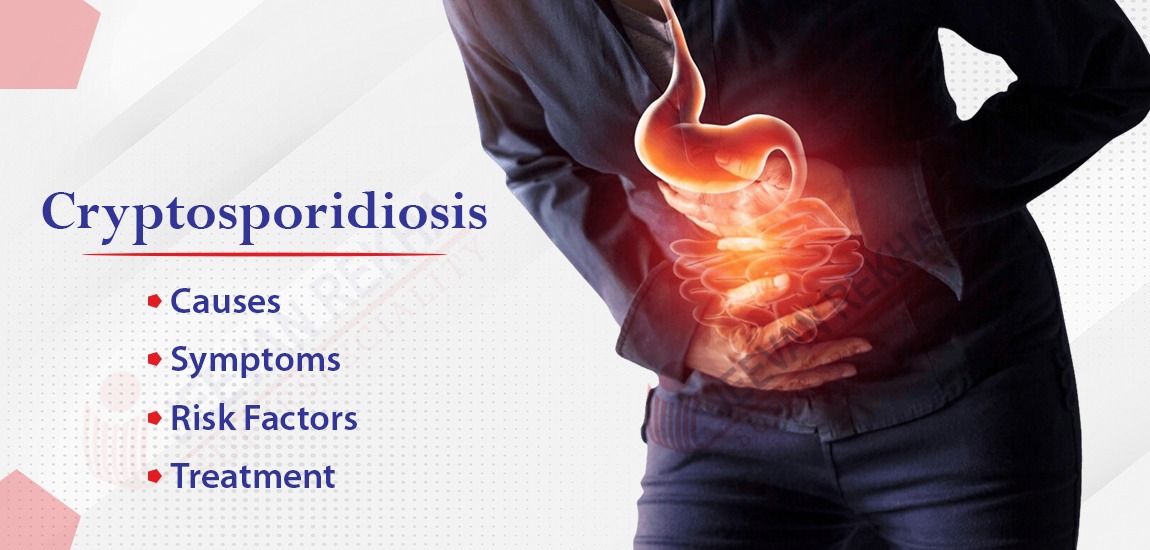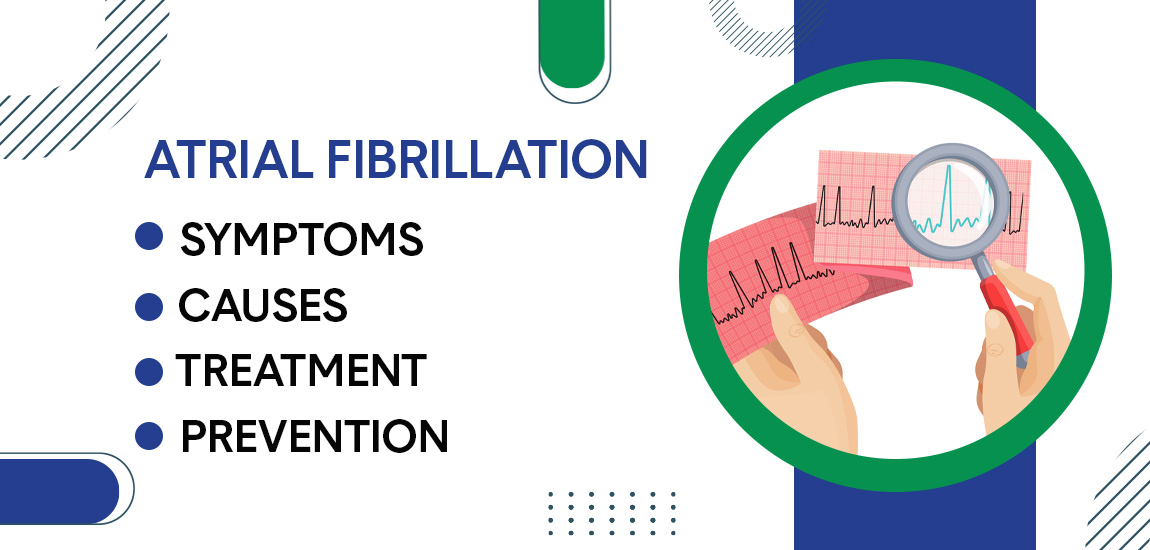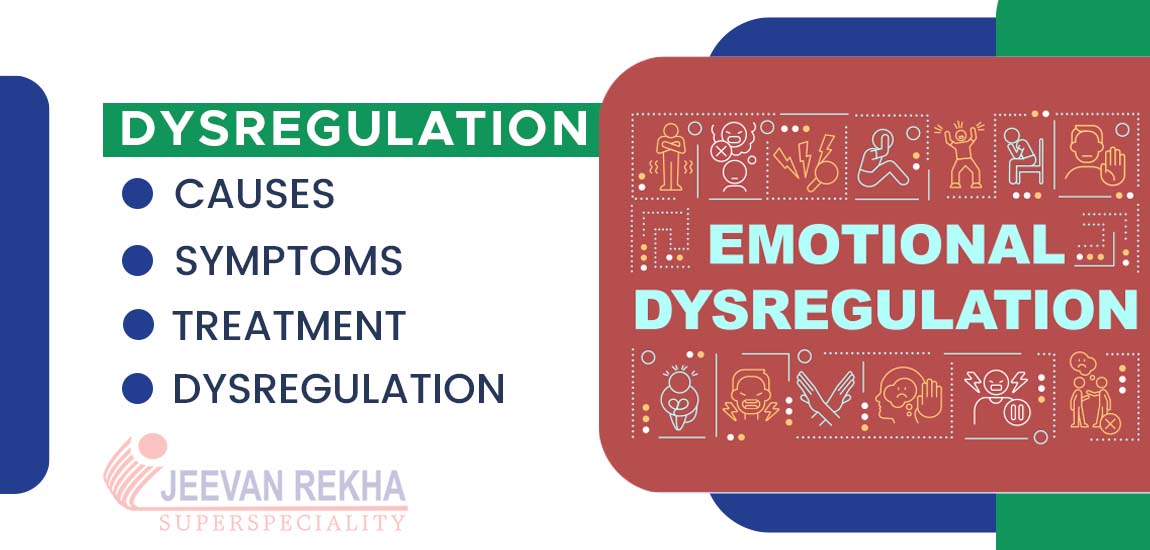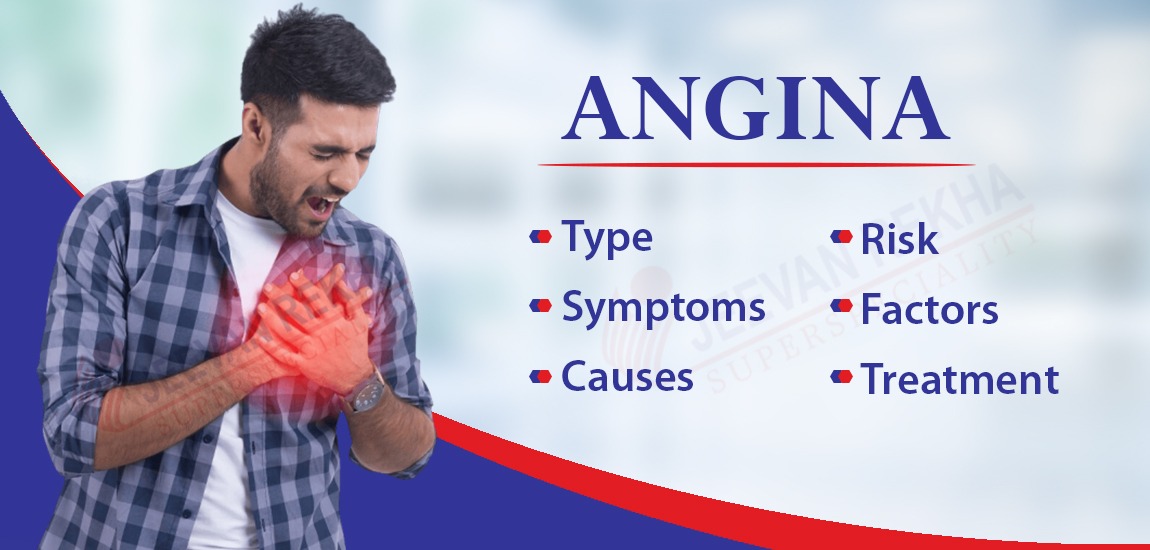
- By JRSH Admin
- In Health and Tips,
- Posted September 13, 2023
Cryptosporidiosis: Causes, Symptoms, Risk Factors, and Treatment
An infection of the small intestine known as cryptosporidiosis is caused by a parasite. A person with a compromised immune system may experience severe or even fatal symptoms, including diarrhea.
Infection with Cryptosporidium occurs when drinking or enjoying contaminated water leads to fecal-oral transmission.
As both cryptosporidiosis and cryptococcus go by the name "crypto," some people may confuse the two. Cryptococcus is a type of invasive fungus that causes cryptococcosis.
What is Cryptosporidiosis?
Cryptosporidiosis is an infectious disease caused by the microscopic parasite Cryptosporidium. This parasite can infect the intestines of humans and a wide range of other animals, leading to gastrointestinal illness.
Cryptosporidium is known to be a common cause of waterborne disease outbreaks and is particularly resistant to chlorine and other disinfectants commonly used to treat drinking water.
Causes of Cryptosporidiosis
The protozoan parasite Cryptosporidium is the source of the digestive disease known as cryptosporidiosis. This parasite can infect humans and a wide range of animals, and it is a common cause of waterborne illness outbreaks. Here are some of the main causes and risk factors for cryptosporidiosis:
- Cryptosporidium Infection: The primary cause of cryptosporidiosis is infection with the Cryptosporidium parasite. This parasite is found in the feces of infected humans and animals. People can become infected by ingesting Cryptosporidium's oocysts (resistant cysts) through contaminated water, food, or surfaces.
- Contaminated Water: Cryptosporidium is highly resistant to chlorine and other common disinfectants used in water treatment, making it a significant risk in drinking water and recreational water sources such as swimming pools, lakes, and rivers. Waterborne outbreaks often occur when these water sources become contaminated with the parasite.
- Person-to-Person Transmission: Cryptosporidiosis can spread from person to person, especially in settings where hygiene and sanitation are inadequate. Close contact with an infected individual, particularly in childcare facilities or households, can lead to transmission.
- Animal Contact: Animals, including livestock and household pets, can carry Cryptosporidium and shed the parasite in their feces. People who have direct contact with infected animals or their environments, such as farmers and veterinary workers, are at an increased risk of infection.
- Consuming Contaminated Food: Contaminated food, particularly raw or undercooked fruits, vegetables, and dairy products, can transmit Cryptosporidium if they have come into contact with infected water or surfaces during production, processing, or preparation.
- Travel to Endemic Areas: Travelers to regions with poor sanitation and hygiene practices, especially in developing countries, are at risk of contracting Cryptosporidium through contaminated food, water, or contact with local populations.
- Weakened Immune System: People with compromised immune systems, such as those with HIV/AIDS, organ transplant recipients, and cancer patients undergoing chemotherapy, are more susceptible to cryptosporidiosis and may experience severe and prolonged symptoms.
- Young Age: Children, particularly those in daycare centers, are more likely to contract cryptosporidiosis due to their developing immune systems and close contact with other children who may be carriers.
Symptoms of Cryptosporidiosis
Symptoms of cryptosporidiosis can include:
- Watery diarrhea
- Stomach cramps or pain
- Nausea
- Vomiting
- Fever
- Dehydration
- Weight loss
- Fatigue
Symptoms typically appear 2 to 10 days after infection and can last for up to two weeks in healthy individuals, but they can be more severe and prolonged in those with weakened immune systems.
Diagnosis of Cryptosporidiosis
Diagnosing cryptosporidiosis typically involves a combination of clinical evaluation, laboratory tests, and sometimes, specific diagnostic procedures. Here are the main methods used for the diagnosis of cryptosporidiosis:
- Clinical Evaluation: The first step in diagnosing cryptosporidiosis is a clinical assessment by a healthcare provider. They will review the patient's medical history, ask about symptoms, and perform a physical examination. The healthcare provider may inquire about recent travel, exposure to animals, or any other potential sources of infection.
- Stool Examination: The most common and definitive method for diagnosing cryptosporidiosis is examining stool samples. This is usually done through a technique called "acid-fast staining" or "modified acid-fast staining." Cryptosporidium oocysts are resistant to normal stool staining techniques, but acid-fast staining helps in their identification under a microscope.
- Multiple stool samples may be collected over several days, as Cryptosporidium shedding can be intermittent.
- Polymerase Chain Reaction (PCR) Testing: In some cases, especially when the infection is challenging to detect using microscopy, PCR testing can be used to identify Cryptosporidium DNA in stool samples. PCR is highly sensitive and specific, making it a valuable tool for confirmation.
- Blood Tests: Blood tests are not typically used for the primary diagnosis of cryptosporidiosis but may be done in certain cases, particularly when healthcare providers are concerned about complications or underlying immune system problems. Elevated levels of specific antibodies may indicate an active or recent infection.
- Endoscopy and Biopsy: In individuals with severe or persistent symptoms, an endoscopy may be performed. During an endoscopy, a flexible tube with a camera is inserted into the gastrointestinal tract to visualize the mucosal lining. Biopsy samples may be taken from the intestinal lining to look for Cryptosporidium oocysts.
Also read: Cystinosis: Symptoms, Causes, Diagnosis, Treatment and Complications
Risk Factors of Cryptosporidiosis
Risk factors for cryptosporidiosis include:
- Contaminated Water: Drinking or coming into contact with untreated or contaminated water sources.
- Poor Hygiene: Inadequate handwashing and personal hygiene routines.
- Animal Contact: Handling infected animals or their environments.
- Travel: Visiting regions with poor sanitation and hygiene practices.
- Weakened Immune System: Having a compromised immune system (e.g., HIV/AIDS, chemotherapy).
- Young Age: Young children are more susceptible.
- Close Contact: Living in crowded or close-contact settings (e.g., daycare centers, households).
Treatment of Cryptosporidiosis
The treatment of cryptosporidiosis primarily focuses on managing the symptoms and providing supportive care, as there is no specific antiparasitic medication that is consistently effective against Cryptosporidium. Here are some key aspects of the treatment of cryptosporidiosis:
- Fluid and Electrolyte Replacement: Cryptosporidiosis often leads to diarrhea, which can result in dehydration. Rehydration is a critical aspect of treatment, especially for children, the elderly, and individuals with weakened immune systems. Oral rehydration solutions or intravenous fluids may be necessary to maintain hydration and electrolyte balance.
- Antidiarrheal Medications: In some cases, healthcare providers may recommend antidiarrheal medications like loperamide (Imodium) to help reduce the frequency and severity of diarrhea. However, these medications should be used cautiously and only under medical supervision, as they may not be suitable for everyone.
- Management of Underlying Conditions: Individuals with weakened immune systems, such as HIV/AIDS or undergoing chemotherapy, may require treatment for their underlying condition to improve their immune response and help control the cryptosporidiosis infection.
- Symptom Management: Medications may be prescribed to manage specific symptoms such as abdominal cramps, nausea, or fever.
- Nutrition: Maintaining a nutritious diet is important to support recovery and prevent weight loss. In severe cases, a healthcare provider or dietitian may guide dietary changes.
- Hand Hygiene: Practicing proper handwashing with soap and water is essential to prevent the spread of the parasite to others and to avoid reinfection.
- Isolation and Hygiene: Individuals with cryptosporidiosis should take precautions to avoid spreading the parasite to others, especially in healthcare settings or households with vulnerable individuals.
Also read: What Is Progeria Syndrome
Prevention of Cryptosporidiosis
Prevention of cryptosporidiosis involves:
- Hand Hygiene: Wash hands thoroughly with soap and water, especially after using the toilet, changing diapers, and before handling food.
- Safe Water Practices: Consume treated and safe drinking water, and avoid swallowing water from potentially contaminated sources like lakes or rivers.
- Food Safety: Practice proper food handling, cooking, and storage to prevent contamination.
- Avoid Close Contact: Minimize close contact with individuals who have diarrhea, especially in healthcare settings.
- Good Hygiene in Childcare: Promote handwashing and diaper-changing hygiene in daycare centers.
- Protect Vulnerable Populations: Take extra precautions for individuals with weakened immune systems.
- Travel Precautions: Be cautious when traveling to regions with poor sanitation, and consume safe food and water.
- Swimming Hygiene: Avoid swimming in pools or water bodies if you have diarrhea, and encourage others to do the same.
Tags
Blog Search
Latest Posts
-
Ear Infections (Otitis Media): Top Triggers & How to Avoid Them?
April 11, 2025 -
Implantation Bleeding Vs Periods: Know the Difference
March 12, 2025 -
5 Tips for a Happy and Healthy Summer
February 27, 2025 -
Body Ache (Pain): Causes, Symptoms and Treatment Options
February 10, 2025 -
Fatigue and Exhaustion: Causes, Symptoms, and Treatment
January 08, 2025




